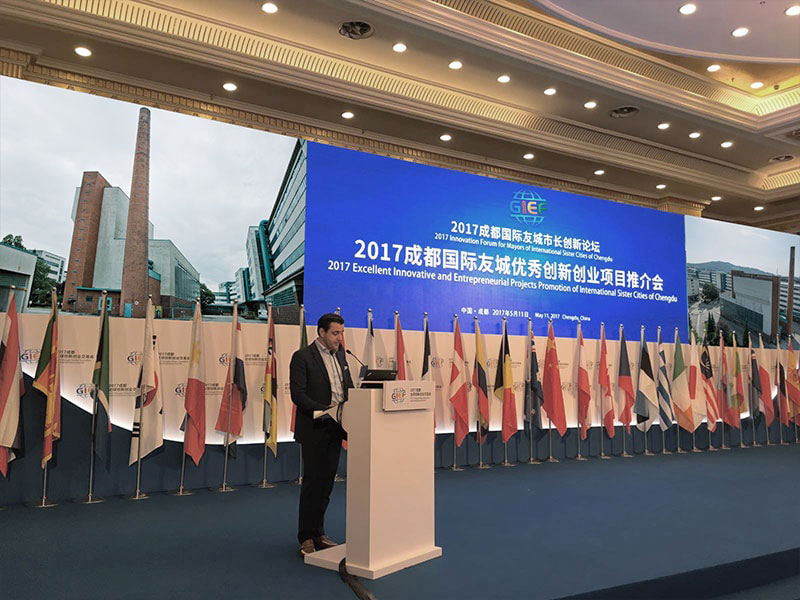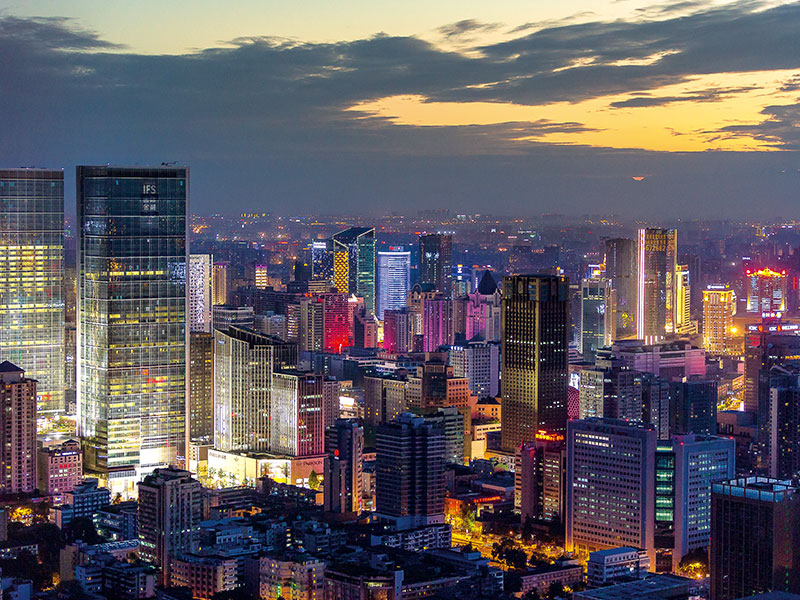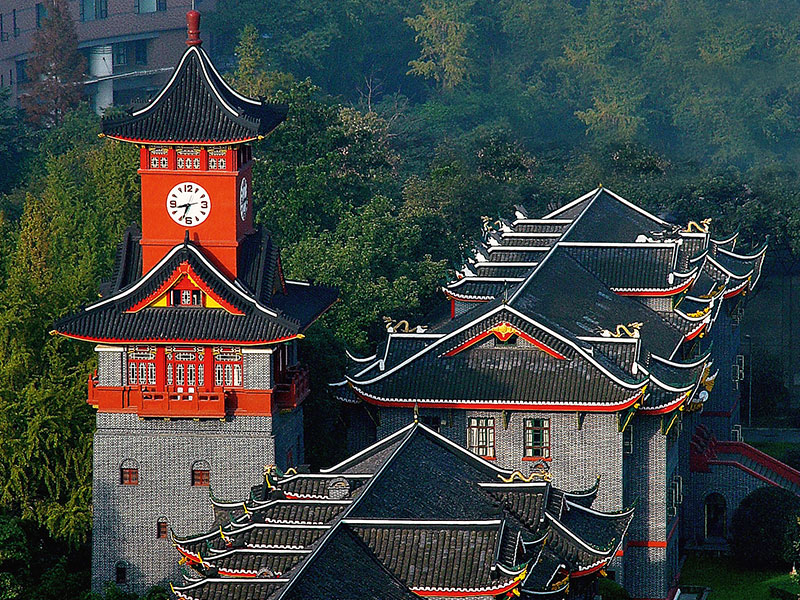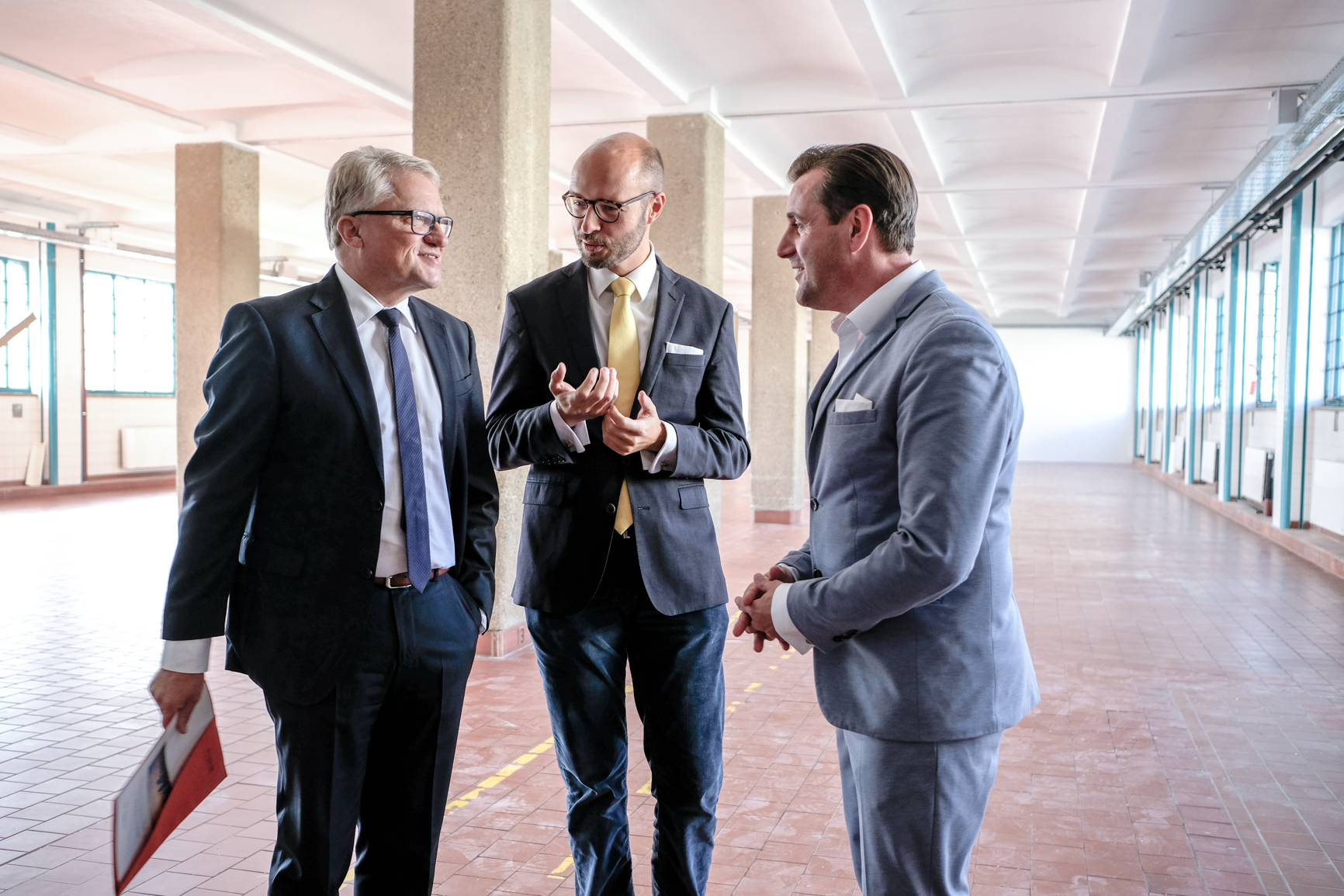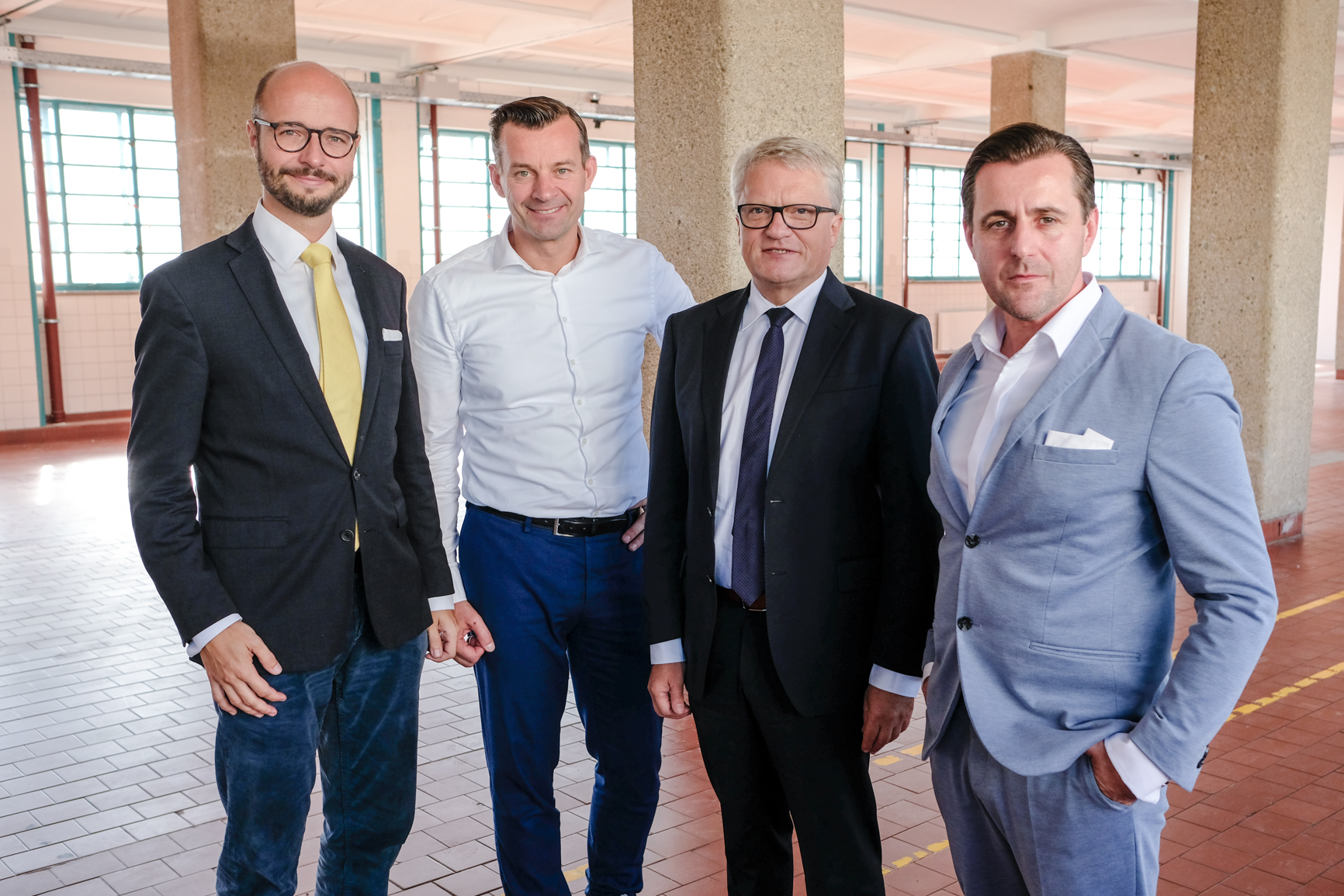Our Vision
Why to revive
the Silk Road?
The expansion of mobility has always been the decisive event in giving rise to innovation and civilization. A route that has long linked humanity and is considered the most important trade route is the Silk Road, which extends from the southern Chinese metropolis of Chengdu and reaches as far as Austria.
The Silk Road, which used to be the source of merchandise all over the world, is being rebuilt under enormous efforts by China. The coveted good that is being traded today is called creativity. The successful 35-year city partnership between Linz and Chengdu is regarded as the foundation stone for the revival of old routes within Austria.
The so-called AUTline, the Austrian part of the Silk Road, is to connect with each other along the Western Railway route “Creative Hubs" and boost Austria's creative industries. The driving force of the creative industry could be used to pull a vibrant band through Austria, which is a powerful European counterpart to Tel Aviv and Silicon Valley.
Objects of the project
More traction for the
Austrian creative industry
The machines have already taken a lot from us, so today the creative industry is the fastest growing market. The race for talent has long since begun, the relocation of jobs has created digital nomads who need to be tracked down and shown an attractive path within a neuronal infrastructure.
Creativity as a
valuable asset
In the international competition for the creative class lighthouses are needed, which bundle, promote and visualize the creative potential of cities. The AUTline will offer workshops, fab-labs, programming spaces, future guilds, new craftsmanship and new living.
The networked creative
economy of Austria
Work and livings labs with innovative concepts that see no separate worlds, but networked structures, enrich the creative industries in Austria significantly. The HUBs act as a reload of innovation and creativity deep into the regions and are developed locally.
ÖBB as power unit
and partner
The AUTline thus forms a pulsating strand of the Austrian creative industries and positions the ÖBB by its driving force to a LokChain. As the AUTline can also be accessed by plane in Vienna, Salzburg or Linz, the optimal connection from outside the Silk Road is also taken care of.
One Belt - One Road
The Silk Road
reaches Linz.
On the occasion of the 35th anniversary of the city partnership between Linz and the Chinese metropolis of Chengdu, a unique project was inaugurated on 19 October: the Silk Road was extended to Linz as a new trade route for creativity.
As part of the anniversary event on the evening of 19 October in the tobacco factory, the extension of the Silk Road to the Upper Austrian provincial capital was inaugurated under the title “Sister City Silk Road" in the presence of guests of honour such as Liao Chenzhen, Deputy General Secretary of the City of Chengdu, Deputy Mayor Detlef Wimmer, Consultant for City Contacts, and Chris Müller, Director for Development, Design and Artistic Agendas of the Tobacco Factory Linz.
Local businesspeople and representatives of the partner municipalities along the Westmagistrale were also present.
As initiators of the innovation hubs on the Westbahn line between Vienna and Linz, they want to form a powerful counterpart to Silicon Valley, which promotes intercontinental creative exchange.
In future, direct trains from China to Austria will run on ÖBB’s Westmagistrale to Linz. A “Sister City Silk Road", a special silk ribbon of friendship, is thus being created between Chengdu, the metropolis of 15 million inhabitants and the oldest twin city of the “Steel City" on the Danube. Its purpose is not limited solely to transporting goods, but above all to exchanging creativity and innovation.
Statements
Voices of supporters
The potential and importance of the AUTline is seen. Here are some voices of the many supporters of different disciplines and competencies, who are already following the path and driving the revival of the Silk Road forward.
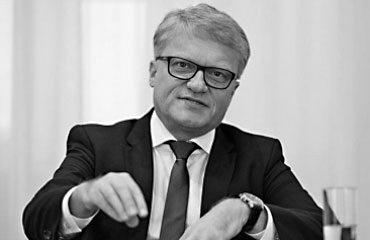
Klaus Luger
Mayor of Linz and Chair of the Supervisory Board of Tabakfabrik Linz
“The idea of developing innovation hubs along the Western Railway line, clustering them according to priorities and promoting them together lays important groundwork. “
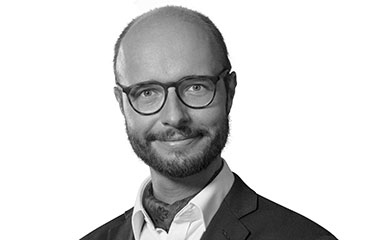
Detlef Wimmer
Vice Mayor of Linz
“As the responsible speaker for city contacts, it is very important to me to bring the existing partnership contracts to life."

Chris Müller
Director of Development, Design and Artistic Agendas at Tabakfabrik Linz, CEO of ATMOS
„The expansion of mobility has always been the decisive event in giving rise to innovation and civilization."
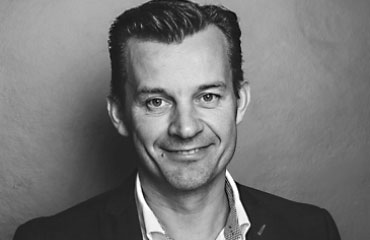
Gerhard Kürner
CEO Lunik2, former Company Spokesperson of voestalpine
„Mobility and networking – these success factors can be traced back all the way to the ancient Romans. And this won’t change in the smart future."

Ursula Puchebner
Mayor of the City of Amstetten
“Amstetten is currently carrying out a number of development projects in order to be optimally equipped for the future."
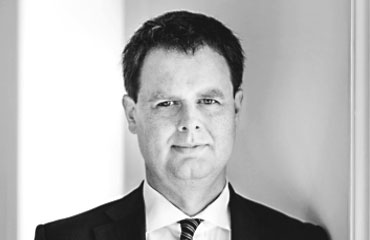
Harald Katzmair
Founder FASresearch
„In principle, the conditions for mastering the ambiguities of the network age are analog and old-school."
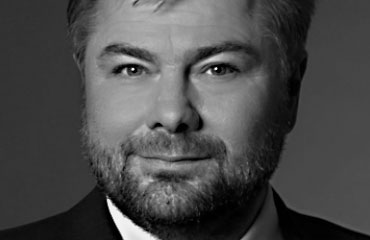
Karl Friedl
Managing Partner of M.O.O.CON
“Customers and potential employees no longer follow the offers of ONE company – they demand that their own expectations are fulfilled individually."

Martin Rauchbauer
Co-Director of Open Austria in Silicon Valley and Austrian Consul in San Francisco
„It’s good for Austria not to imitate global innovation centers like Silicon Valley but rather see them as an incentive."
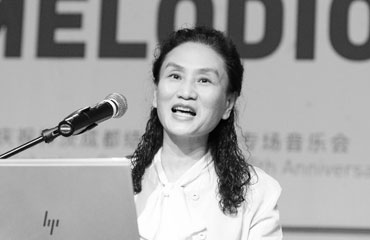
Liao Chenzhen
Deputy Secretary General of the City of Chengdu
“Chengdu was the starting point of the South Silk Road in ancient times, an important trading center linking China and Eurasia."

Georg Fürlinger
Co-Director of Open Austria
„Networking is the catch phrase for any well-functioning eco-system of innovation. “

Maria Marlene Dietrich
COO CMb.industries GmbH
“The doctrine of stimulating competition has been replaced by the added value of collaboration. We know that the future lies in linking and superimposing competencies."
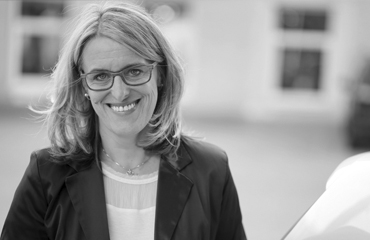
Ulrike Königsberger-Ludwig
Councillor of the Province of Lower Austria
“The 'railway' or the connection to the public transport was always a guarantor for the development of a region, important for location decisions for companies and also important for the mobility of people."
Chengdu
Where the Silk Road begins
Chengdu is the capital of the southern Chinese province of Sichuan and since 1983 sister city of Linz. The history of the city dates back to the 4th century BC. At that time, Chengdu was the capital of the Shu Empire. Chengdu is home to the famous Chengdu Panda Rearing Research Station, a shelter where visitors can see the endangered Great Pandas in a natural habitat, the Leshan Grand Buddha and many other cultural attractions.
State: People's Republic of China
Province: Sichuan
Height: 520 m
Area: 12.346 km²
Inhabitants: 15.709.700
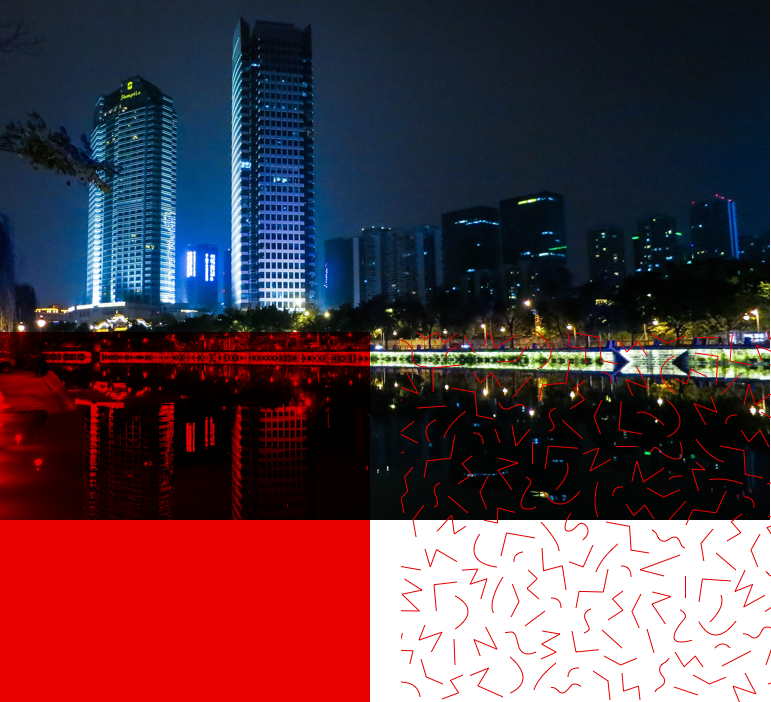
Press Corner
Contact

Marlene Penn
marlene.penn@tfl.linz.at
+ 43 664 / 84 11 931
In this area you find a small extract of press information. If you need more information and up-to-date pictures to the event “35 years city partnership", please visit the press corner of the Tabakfabrik Linz under www.tabakfabrik-linz.at/presse
















